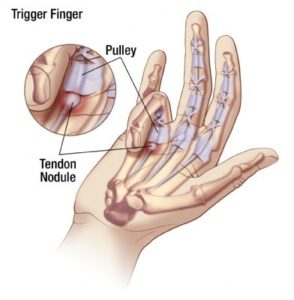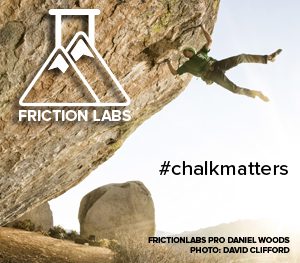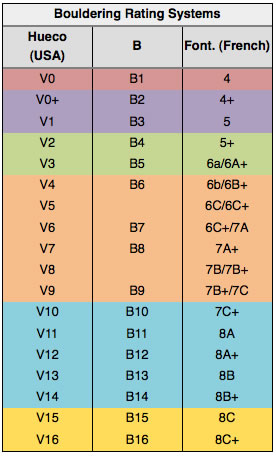Pulley Strain? Ask the Doc By Dr. Vince DiSaia
By Dr. Vince DiSaia
![]() Ask the Doc, is a new Boulderng Portal section dedicated to bouldering and climbing injuries, prevention and treatment. Each month we will take a user injury submission and address it’s cause and possible plan for recovery.
Ask the Doc, is a new Boulderng Portal section dedicated to bouldering and climbing injuries, prevention and treatment. Each month we will take a user injury submission and address it’s cause and possible plan for recovery.
If you have a tweak, pain or just want to stay healthy send us your submission and we will try to address each one monthly.
Question: I spotted a tenderness in one of my fingers… the middle finger, between second knuckle and start of palm, right hand, right side of finger. When I squeeze here, it’s tender. If I was to spread my middle and ring fingers apart sideways, it also feels mildly sore/tender. Is this a pulley? Tendon? Nothing popped or tore just something I need to watch out for. P. Luther
Response: The hand is a very intricate and complicated tool. There are numerous bones and soft tissues locate throughout the hand alone. Each finger can move in multiple ways and it works basically on a pulley system. The tendons and muscles in the fingers run through sheaths, or protective tunnels of soft tissue. The tendons slide back and forth through these sheaths and allow the major tendons that bend the fingers to stay where they belong. Along with these sheaths the tendons are held in place by this pulley system at each knuckle. This gives the fingers increased strength, but also makes sure that they tendons don’t pop off the fingers when they bend. This sheath that runs through your middle finger, or the tendon inside of it, may have been irritated from overuse or excessive strain to the finger. This is one possibility and not uncommon for those who use their hands for repetitive motions or those who have to bear heavy loads with their fingers, like rock climbers.
 The other possibility is that you strained the tiny muscles between the bones in your palm that run from the middle of the palm and end right where you are getting pain when you ‘spread your fingers’. These muscles assist in bending your fingers, but also help to keep the last two knuckles stiff when bending the knuckle closest to your palm. You would also feel this if you spread you fingers keeping your fingers straight. Very difficult to determine which of these tissues is damaged without an exam.
The other possibility is that you strained the tiny muscles between the bones in your palm that run from the middle of the palm and end right where you are getting pain when you ‘spread your fingers’. These muscles assist in bending your fingers, but also help to keep the last two knuckles stiff when bending the knuckle closest to your palm. You would also feel this if you spread you fingers keeping your fingers straight. Very difficult to determine which of these tissues is damaged without an exam.
However, from your explanation it does not seem that anything is displaced in the fingers which is good. Keep on eye on it and make sure that the pain does not increase, the finger doesn’t start to ‘stick’ when you bend it, or you lose power in that finger. These are all signs that the tissue is becoming more damaged and the pulley system is dysfunctional. A good soft tissue therapist should be able to speed recovery and return the tissue to full, healthy status. Aside from that a couple things that you may try on your own. First, you need to maintain motion of these tendons within the sheaths to avoid ‘sticking’. To do this simply move your fingers from full bend to full extension. When the fingers are in full extension (or straight) add some overpressure with your other hand to increase the stretch or lengthening. This should be done only if non-painful. Second, heat may be beneficial. These sheaths and tendons in your hand do not receive excessive blood flow. Increasing the flow of blood with heat can help the tissue not only relax, but also heal. As a general rule, if an increase in pain or throbbing is felt while heating then cease immediately as you are increasing blood to an already inflamed area.
Lastly, avoiding painful activities always help stop irritation and promote healing. However, like with many of my patients, ceasing an activity that they love is not an option unless pain is severe and debilitating. That being said, you must always pay attention to your body’s signals and know when rest is correct choice. Stay active, but be smart about it.
Category: Ask the Doc, Blog, Injuries












